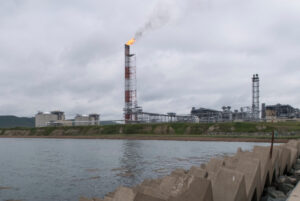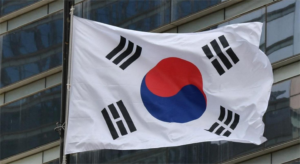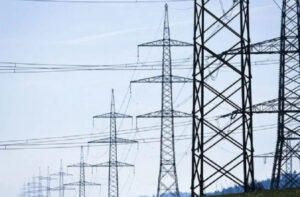Menu
Government Follows Oil Prices as Ukraine-Russia Tension Escalates
- Joaquin Reloj
- March 2, 2022
- 1:57 am

Following Russia’s attack on Ukraine on Thursday, the price of Brent crude — the most traded among oil benchmarks — went over $100 for the first time since 2014. This has prompted government economic managers to keep a close watch on oil price hikes and prepare to offer the necessary assistance for significantly affected sectors. “The Development Budget Coordination Committee (DBCC) is closely monitoring the factors affecting the oil prices in the country,” explained the interagency group.
A fuel subsidy will only be released once the average price of Dubai crude oil settles or goes beyond $80 per barrel for three consecutive months, based on the pricing basis Mean Platts of Singapore. Based on the estimates of the Bangko Sentral ng Pilipinas (BSP), Dubai crude oil will most likely average $83.3 per barrel this year but later drop to $79 towards in the latter part of 2022.
Nonetheless, the DBCC has claimed that the government is already preparing a ₱2.5 billion fuel subsidy for more than 377,000 eligible PUV drivers, to be distributed through the Department of Transportation (DOTr). Fuel discounts are also expected to be provided for farmers and fisherfolk, according to the Department of Agriculture (DA).
“The DBCC remains committed to taking decisive action to ensure the unhampered supply of goods and services despite the rising oil prices amid the pandemic. These will support our full recovery and sustained growth in 2022 and beyond,” said the DBCC.
Brent crude reached $103.78 a barrel, accounting for a 6.5% increase on Thursday. US West Texas Intermediate crude, on the other hand, went up to $97.58 a barrel which is a 6% rise. In spite of the surge being seen, BSP Governor Benjamin Diokno noted that the central bank is currently maintaining low projections for oil prices.
“As far as the oil price is concerned, our threshold is $95 per barrel, there will be no change in our forecast,” he explained. “But it has to be a sustained increase over $95 to make a significant change in our forecast. But as you know, we adjust our forecast based on the most recent data.”
The Philippines is significantly affected by the ongoing crisis, particularly since it is an oil-importing country — among other factors. Granted, the recent rise in oil prices has likewise weakened the peso to ₱51.34 per dollar on Thursday. “I know that many people are getting nervous because of the Russia-Ukraine incident, and of course, the rising oil prices. We don’t know yet [as] the situation is… fast-moving, very fluid,” added Diokno.
Energy Secretary Alfonso Cusi clarified that the Philippines imports finished oil products from China, South Korea, and Japan which gets its crude from Russia instead of engaging directly with the two conflicting countries. Meanwhile, Moody’s Investor’s Service elaborated that the ongoing crisis will most likely be challenging for central banks as it continues to affect oil prices.
“There is already high price speculation coming from the uncertainty of Russia sanction not necessarily on oil supply but indirectly on the monetary ability of Russia to continue accessing the global financial system which will ultimately affect the export-import negotiations with Russia,” said Cusi.
“Further escalation of Russia-Ukraine tensions would pose an additional challenge for central banks because it would exert upward pressure on inflation due to higher energy prices and would weigh on economic activity,” added Moody’s Investors Service.
Source: BusinessWorld
#Top Tags COVID Covid-19 Technology Finance Investing Sustainability Economy

Subscribe to Our Newsletter and get a free pdf:



















Comments are closed for this article!